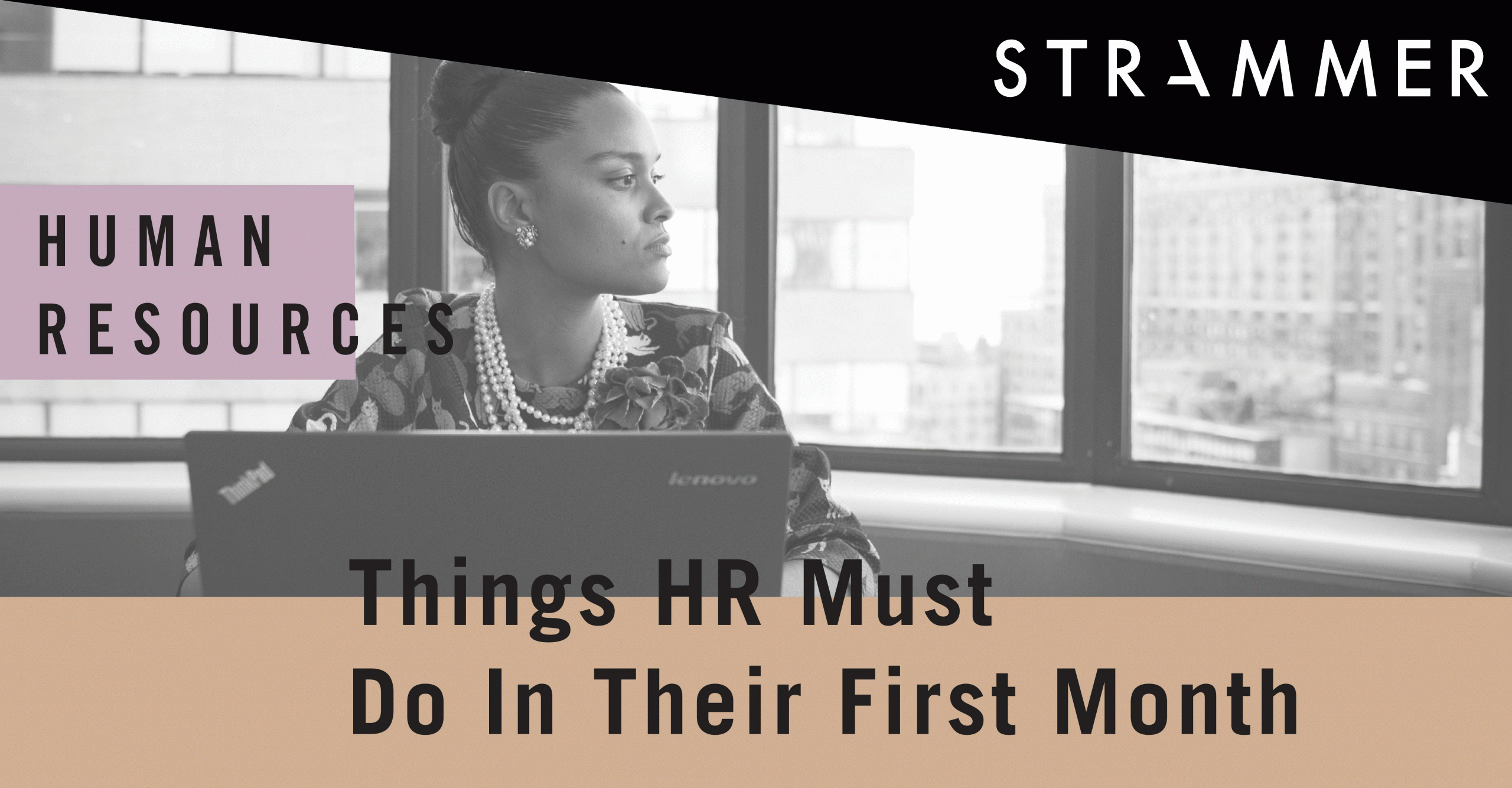Making a Successful Start as a Human Resources Leader
The first months as a Human Resources leader is arguably the most important time in creating a long-term impact. Establishing a plan of action that is inclusive of the company’s objectives, while improving the workforce satisfaction and engagement is a priority. Although HR personnel can be overwhelmed with what to do when they first start working, certain steps must be taken that are universally necessary in every professional environment.
Assessing the current situation in the company is necessary to see which areas to focus on. For Human Resources professionals, prioritizing activities are of the utmost importance as they are responsible for dealing with a myriad of tasks, coming from different employees, departments and sometimes regions. The best way to do this is to get paperwork and other administrative tasks out of the way. Therefore, coming up with a plan which focuses on optimising potential by prioritising objectives can reduce stress, boost productivity and focus importance on the most integral activities first.
Areas of improvement can be assessed by collecting comprehensive information through surveys, assessments, evaluations, investigations and drills, which can be presented to Executives as a call for change. This should exist beyond the usual employee engagement and satisfaction surveys and encompass other, less recorded areas. This includes exit surveys, 360 reviews, feedback left on public online forums, pulse reviews etc. With comprehensive and credible information, red-tape and decision-making processes will be reduced, and the workforce will benefit quicker. This will simultaneously gain the approval of Managers and build trust with employees.
Digitalisation can help as it can be applied to almost all facets of Human Resources’ responsibilities, such as recruitment, onboarding, employee expectations, etc, through applicant tracking, employee engagement, intranet, and other software. However, it is essential to continue building relationships within the workplace and not merely rely on digital tools. HRs should get to know other employees by collaborating with other departments to know what their collective demands are. Similarly, they can encourage other employees to do the same to get to know everybody on a personal level. A way this can be done is by removing pre-assigned desk spaces. Telecommunications giant Vodafone’s research dictated the potential saving of $43 trillion per year. This type of collaboration and contribution gives them an in-depth insight into the thinking and context of all areas of the organization, so that they can take comprehensive decisions.
Contemporary HR managers must understand that they are the wielders of the resources and services to recruit, inspire and maintain a productive workforce. Therefore, it is necessary that from the very beginning of their time in a company, they lay down the foundation by partaking in crucial activities that will improve the company in the short and long-term.
References:
- 5 things CHROs must do in their first 100 days, September 16, 2019, HR Executive
- 10 Things Every HR Professional Needs to Do to Succeed, November 30, 2015, Society for Human Resource Management.





